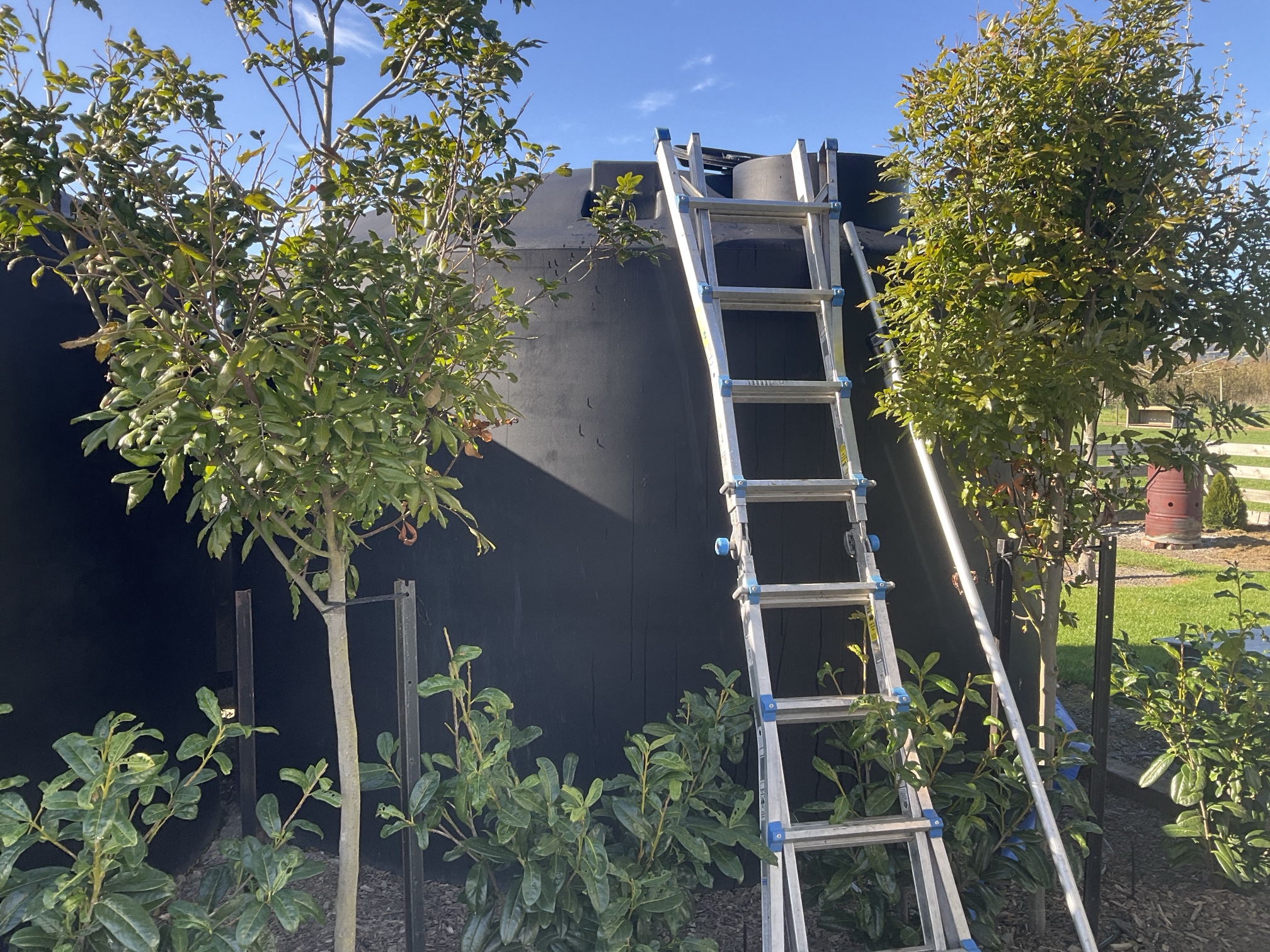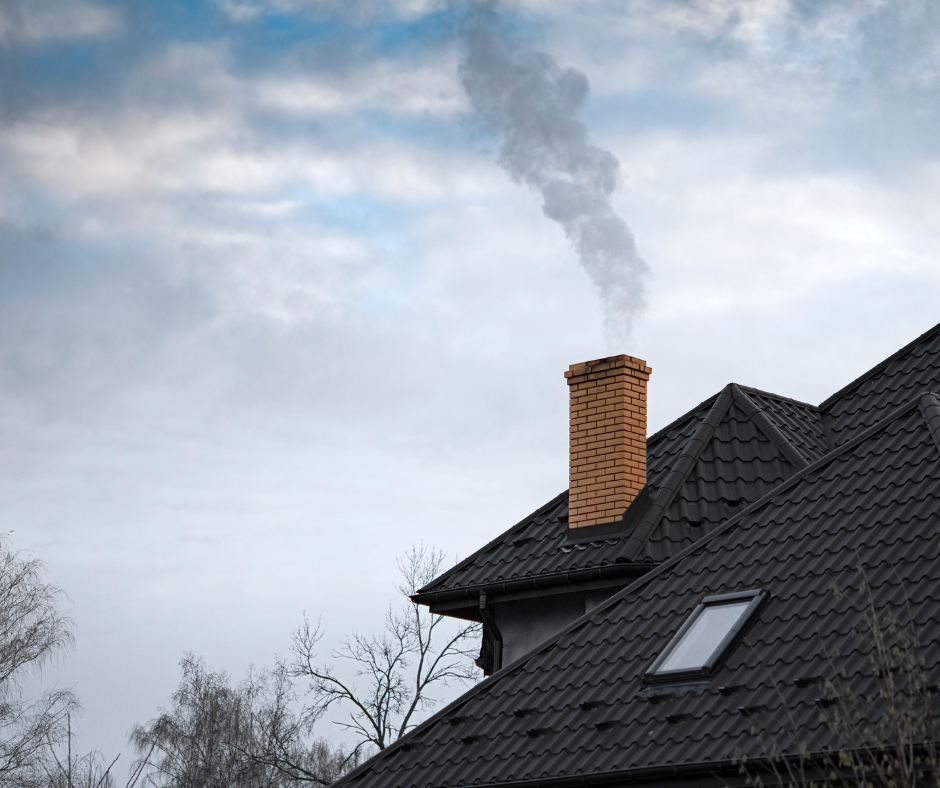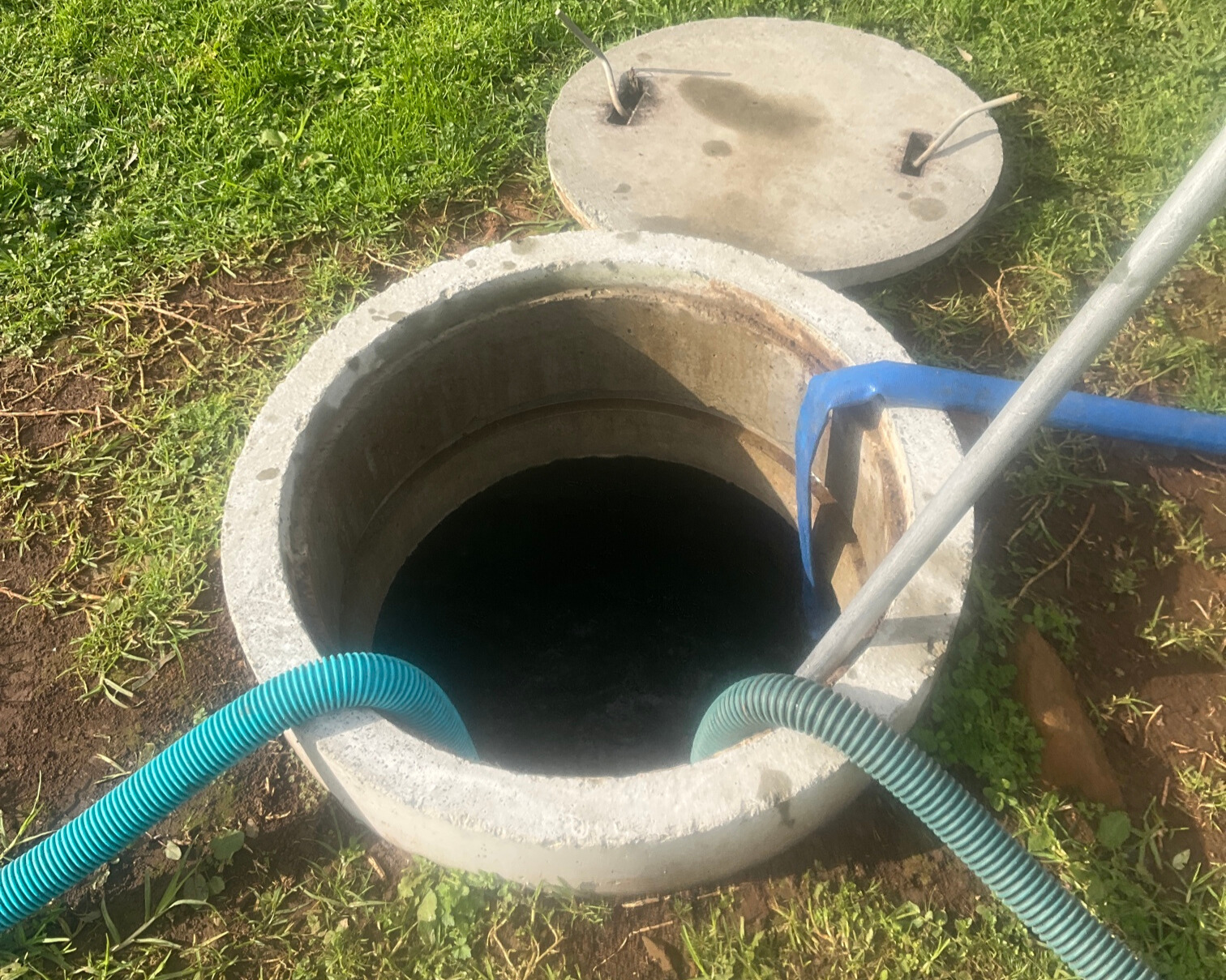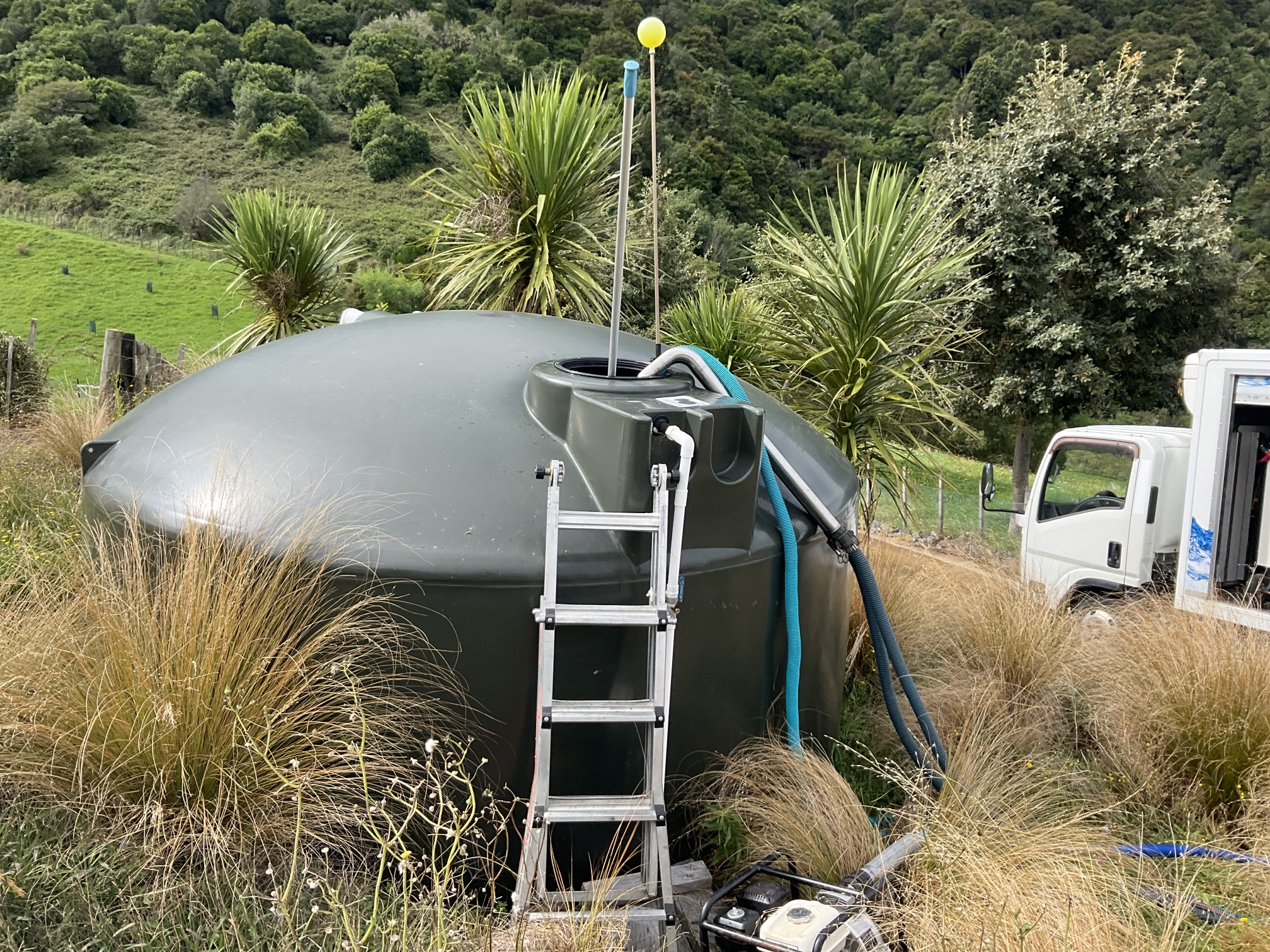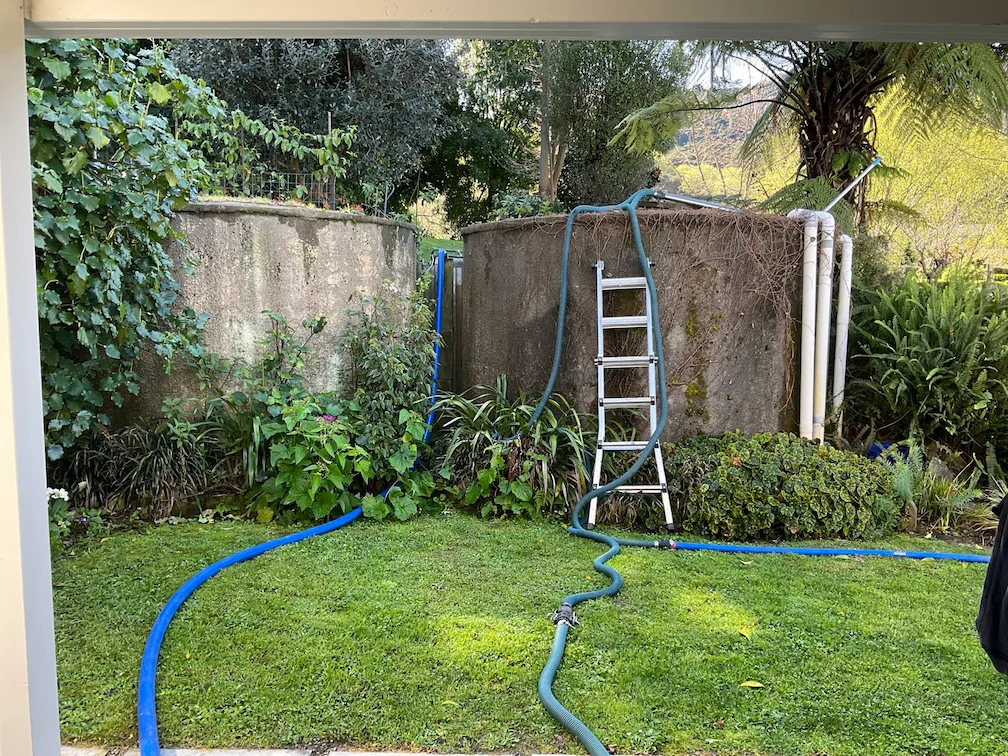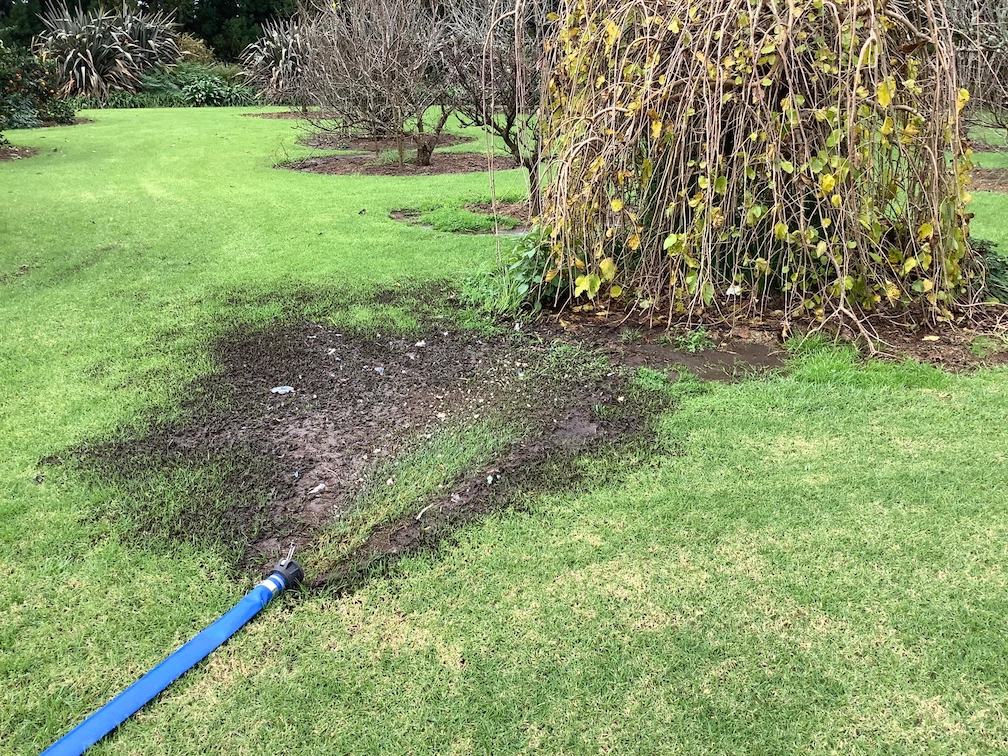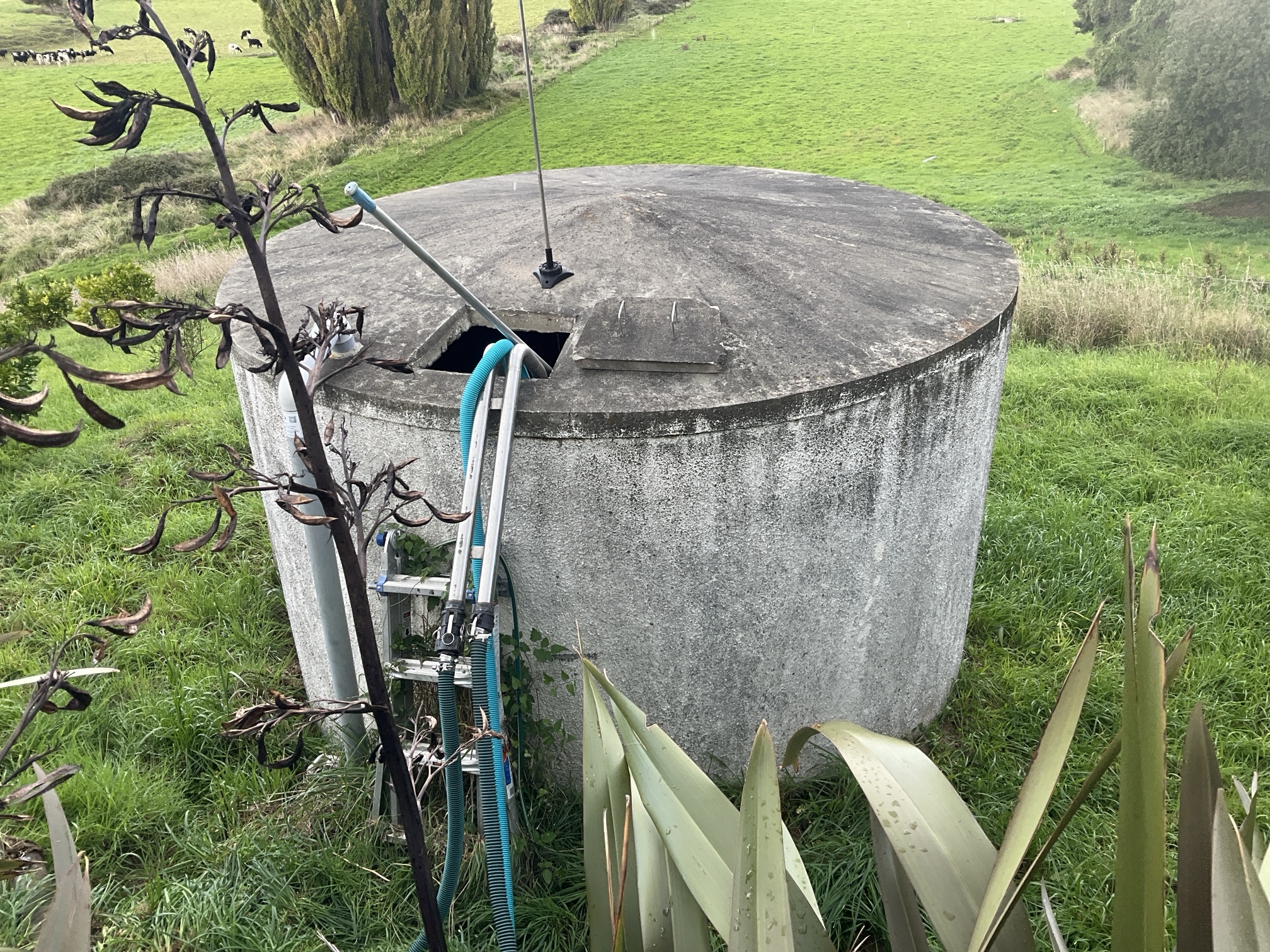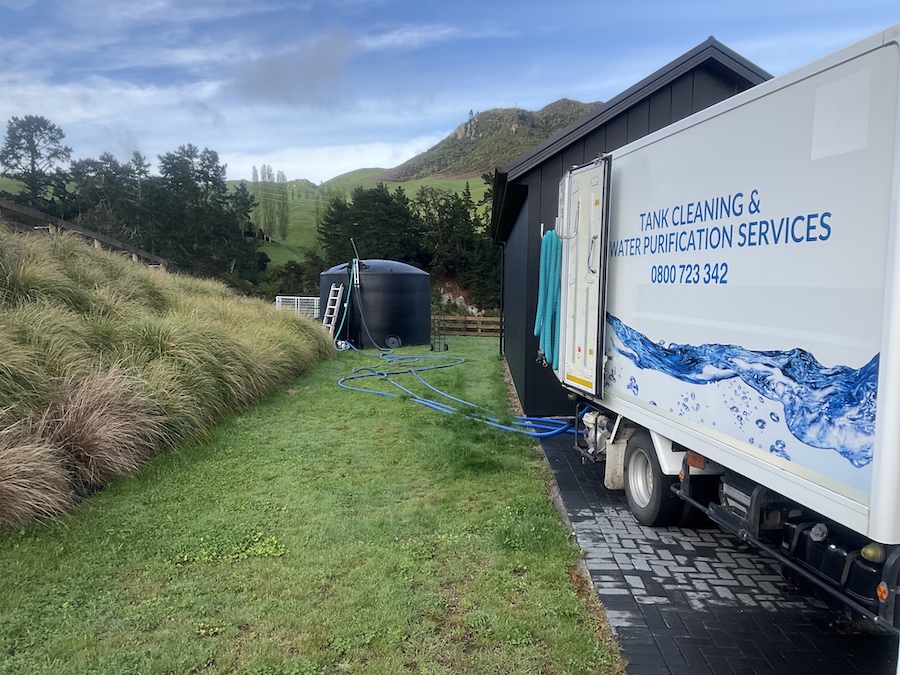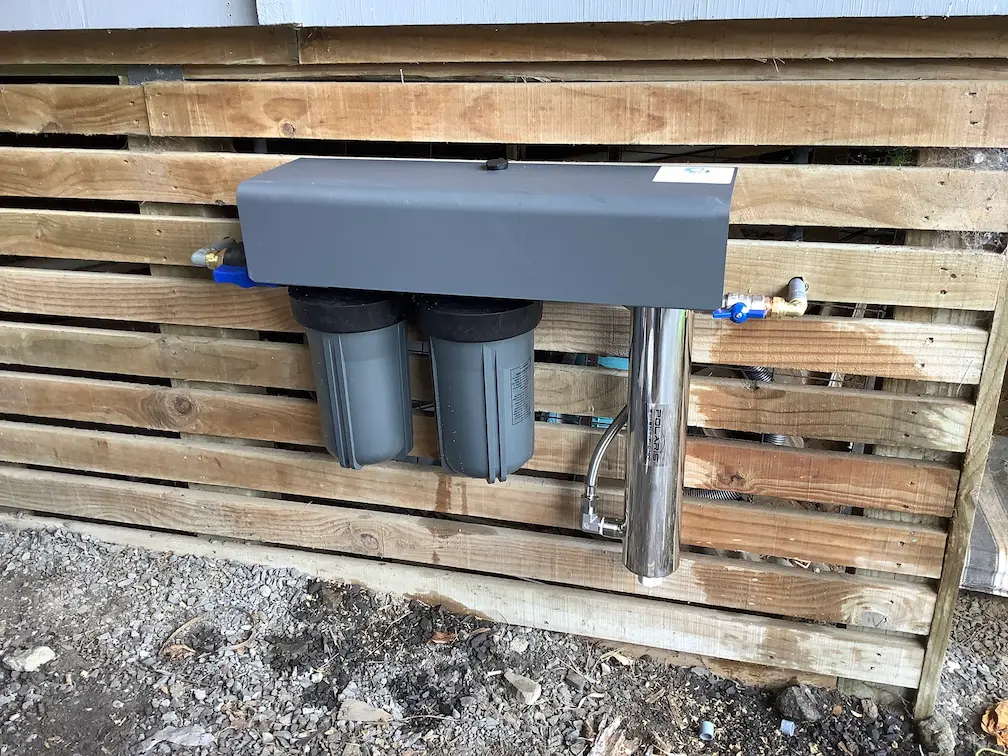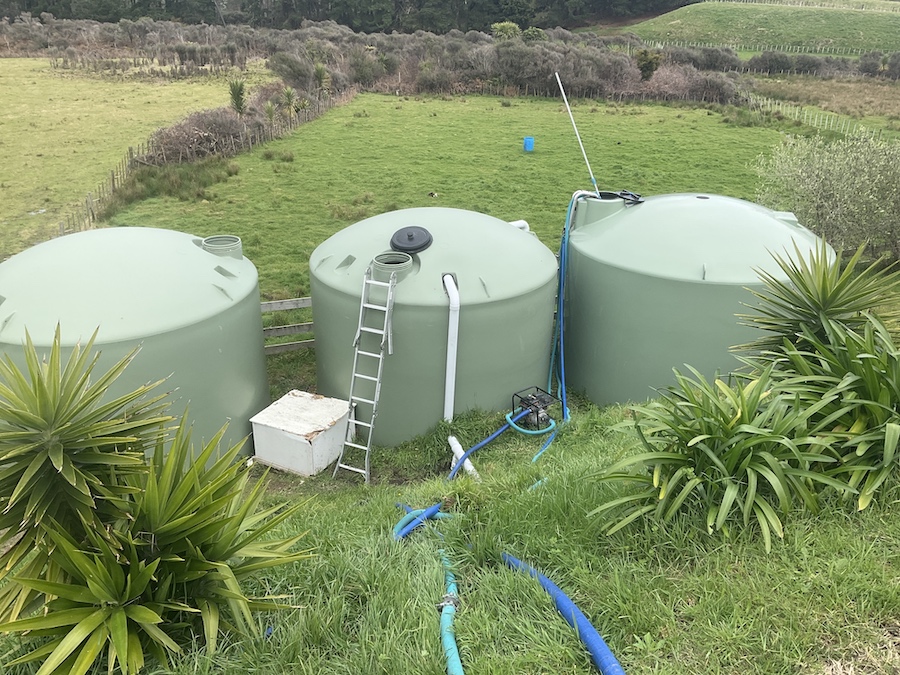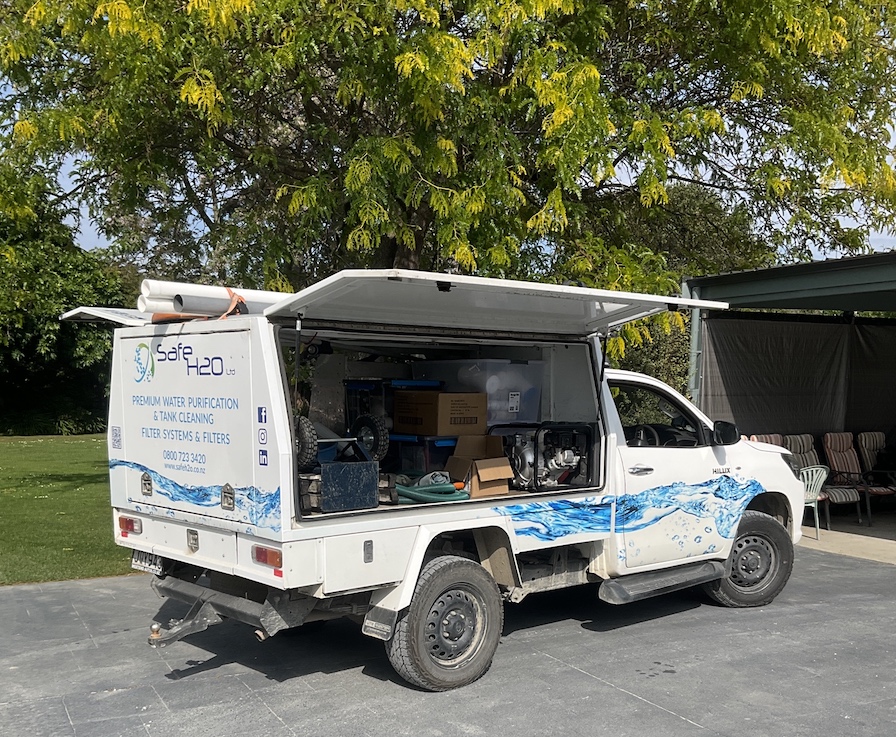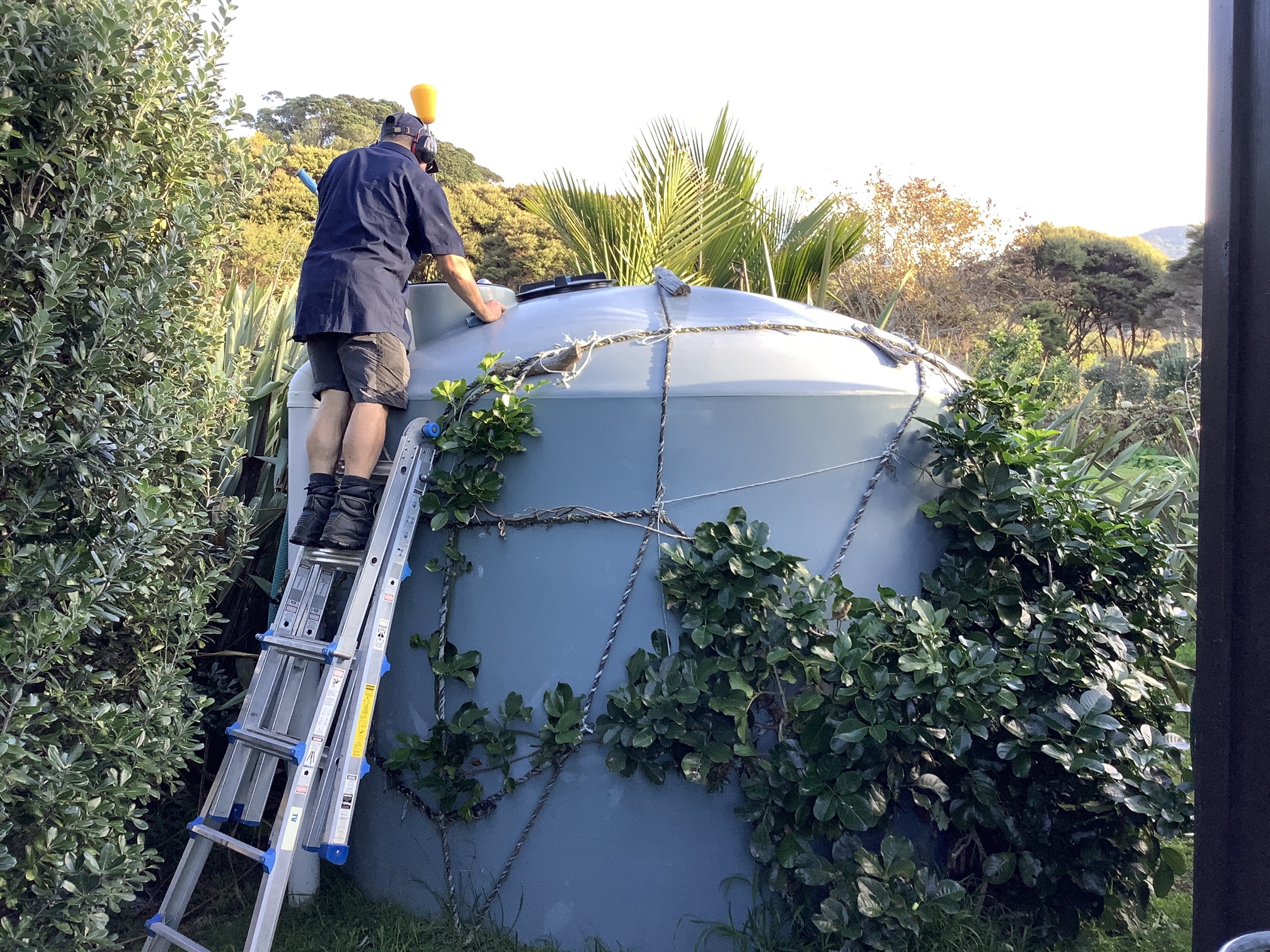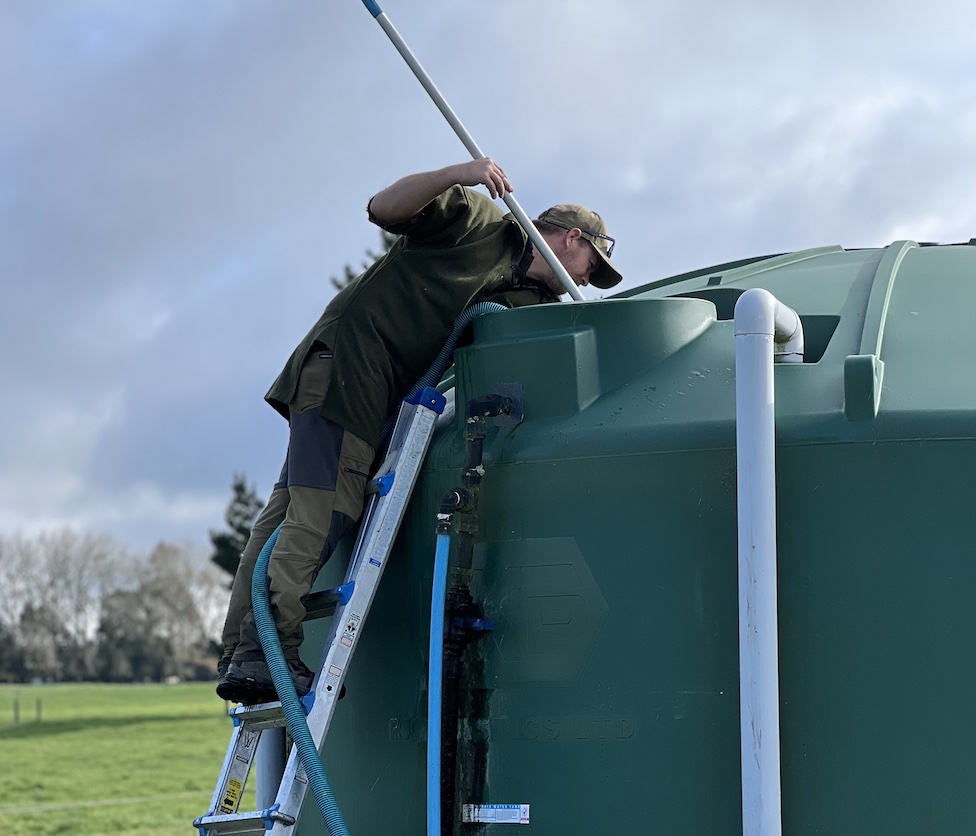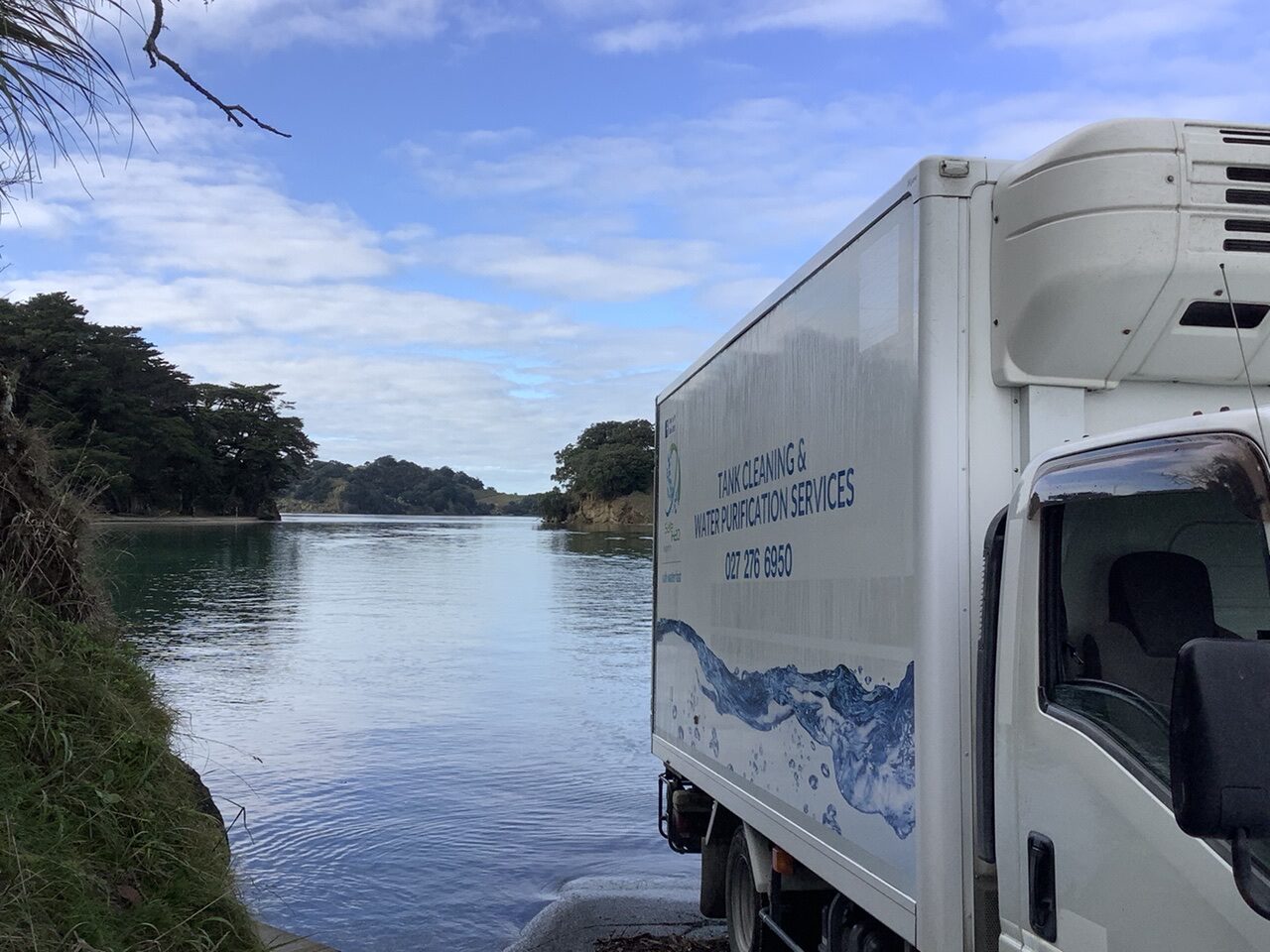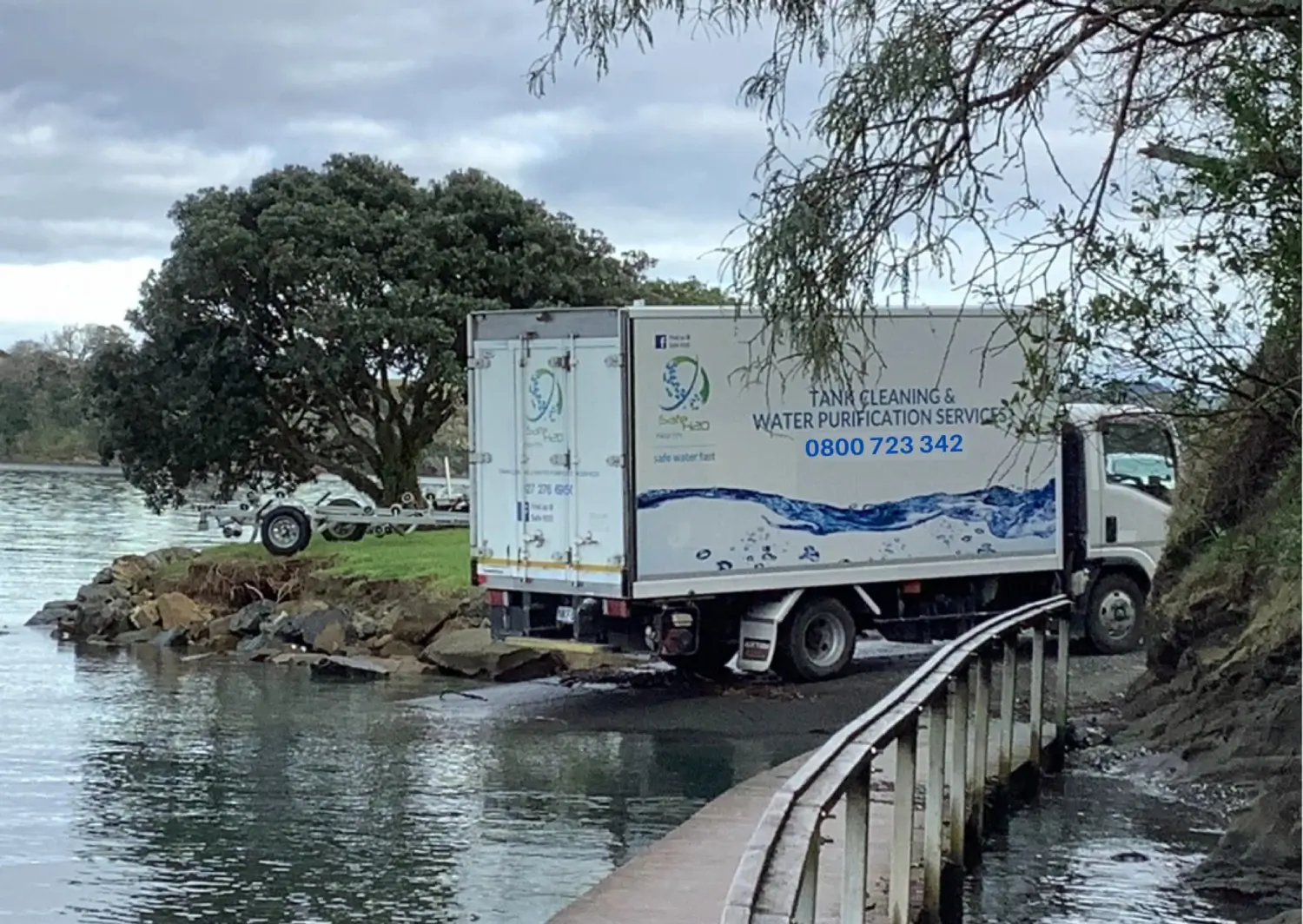Autumn Water Tank Care Tips: Preparing for the Seasonal Change
As the crisp air of autumn rolls in, it’s time to think about your water tank and the upcoming seasonal changes. With cooler temperatures and more frequent rainfall, autumn brings both opportunities and challenges for those relying on tank water. The first flush of rain is a great way to collect valuable water, but it also comes with its own set of maintenance needs. Here’s how you can ensure your water tank is in tip-top shape for the colder months and beyond.
1. The First Flush of Rain: Clearing Summer’s Build-Up
After the long, dry summer months, the first significant rain of autumn can be a welcome relief for rainwater fed tanks. However, it’s important to know that this initial downpour flushes debris that has accumulated on your roof and gutters during the summer. Dirt, leaves, and other materials that have collected over time can flow into your tank, contaminating the water.
Tip: Consider installing a first flush diverter or flush cap (that you can open when there is a rain event) to ensure that this initial debris-filled water is diverted away from your tank, allowing only cleaner rainwater to enter. This helps minimise sediment build-up in your tank and keeps the water quality safe for use.
2. Watch Out for Falling Leaves
Autumn is notorious for shedding leaves from trees. While these fallen leaves are beautiful, they can also be a major nuisance when it comes to water tanks. Leaves can clog gutters, downpipes, and the tank’s inlet, leading to restricted water flow and increased sedimentation in your tank.
Tips:
- Proactively trim trees near your roof and clean gutters before leaves start to fall.
- Regular cleaning prevents leaves from obstructing water flow and keeps the tank free of excess organic matter.
- Install leaf diverters or mesh screens on the tank’s inlet to filter out larger debris and ensure cleaner water.
3. Inspect Your Tank for Maintenance
With the changing seasons, now is a good time to inspect your water tank for any signs of wear and tear. Tanks can develop cracks, corrosion, or damaged fixtures over time, especially after long periods of exposure to harsh sun or rain.
Tips:
- Check the tank for visible cracks, leaks, and proper sealing.
- Check tanks are airtight, especially around the lid, inlets and outlets
- Check that pipes, fixtures, and metal fittings are operating efficiently and inspect for any rust or corrosion.
- Look for sun damage on plastic or fibreglass tanks.
4. Assess Your Entire Water System
Autumn is the perfect time to assess your entire rainwater harvesting system. This includes checking the gutters, diverters, and roof for any build-up of debris or assessing your bore and pump are in good working order. You might also want to evaluate your roof to see if it needs cleaning, as a dirty roof can contribute to poor water quality.
Tips:
- Use gutter whiskers or diverters to filter water flow and minimise debris in the tank.
- Install sediment prevention methods as detailed above.
- Clean your roof to remove moss, lichen, and dirt for cleaner rainwater collection
5. Don’t Let the First Autumn Rains Go to Waste
One of the most exciting moments of autumn is the first rain after a long, dry summer. This fresh rainfall presents a fantastic opportunity to collect clean, natural water for your household. However, traditional tank cleaning methods result in losing this precious water, as they often require draining the tank first. This leads people to believe that summer is the best time to clean their tanks when the water levels are low.
Tip: At Safe H2O, we know how important it is to make the most of the first rain of the season. Autumn is actually the ideal time to clean your tank, especially when the water level has risen. With our unique cleaning process, we’re able to conserve up to 90% of your water supply. Our expert team removes sediment build-up from your tank and uses cutting-edge filtration technology to purify your existing water. The result? Cleaner water, no waste, and no added costs. Enjoy the benefits of a freshly cleaned tank without sacrificing your valuable water supply!
Conclusion
Autumn is the perfect time to perform some key maintenance on your water tank system. From flushing out summer’s debris to inspecting your system and protecting your tank from leaves and sediment, a little attention now can go a long way in maintaining clean, safe water for your property.
If you’re unsure about where to start or need a professional to help, Safe H2O’s expert team is here to assist. We provide comprehensive water tank cleaning services, ensuring your system remains efficient and your water quality stays high – without losing the precious autumn rains you’ve worked hard to collect.
Don’t let the changing seasons catch you off guard. Contact us today to schedule your water tank cleaning or filtration system service!
Concerned about nitrates in your water, and want to know how to get rid of them?
In this blog, we'll explore these frequent water tank problems and provide practical solutions to address them effectively
Smoke and soot can contaminate NZ water tanks. Learn how it happens, the health risks, and Safe H2O’s expert tips for cleaning and prevention.
This comprehensive guide examines the benefits and drawbacks of DIY and professional water tank cleaning, enabling you to make the best choice for your home.
Winter’s cooler weather might not have you thinking about your water tank - but it should.
Whether you’re collecting rainwater, drawing from a bore, or tapping into a stream, your water tank is the heart of your...
Whether you’re collecting rainwater, drawing from a bore, or tapping into a stream, your water tank is the heart of your...
How Possums, Rodents, and Birds Get into Your Water Tank – and How to Keep Them Out When thinking about water quality, …
What’s in Your Water? Common Contaminants in NZ Drinking Water Tanks Whether your water comes from rainfall, a bore or a nearby …
Water Tank Cleaning Myths Debunked When it comes to maintaining clean and safe water in your tank, there can be a bit …
Autumn Water Tank Care Tips: Preparing for the Seasonal Change As the crisp air of autumn rolls in, it’s time to think …
Water Tank Cleaning: A Comparison of Traditional vs. Our Innovative Method When it comes to cleaning your water tank, Safe H2O cleans …
UNDERSTANDING FILTRATION SYSTEMS: WHAT IS SEDIMENT AND UV WATER FILTRATION? Your water source likely contains a myriad of sediments and particles, ranging …
Water Tanks 101: A Beginner’s Guide to Clean, Safe Water for Your Property Water tanks are an essential resource for those on …
What can I do before water enters my tank to help minimise my risks? Spring or surface water (streams) will usually be …
When it comes to maintaining a healthy rainwater fed tank, one of the most overlooked aspects is the cleanliness of your roof and gutters.
Flush Caps, Leaf Diverters, and More: Methods to Help Protect Your Water Supply When it comes to maintaining a clean and safe …
In the realm of curious misconceptions, one fascinating myth suggests that eels clean water tanks. While this idea captures the...
Why having ‘Immunity’ to Bad Tank Water is a Bad Thing When it comes to maintaining a healthy home, clean water is …
Safe H2O Collaborates with Isaac’s Plumbing, Pumping and Electrical Here at Safe H2O, we aim to provide exceptional advice, service, and support …
How Often Do New Zealand Schools Need to Clean Their Water Tanks? Here in NZ, managing water supplies, including water tank maintenance …
What is Cryptosporidium and How to Keep Your Water Safe What is Cryptosporidium? In simple terms, Cryptosporidium is a tiny parasite that …
Why you should use a Water Tank Cleaning Specialist Well maintained water tanks are the backbone of clean water storage and supply …
Guarding Against E. coli: Essential Strategies for Ensuring Safe Water Tank Systems Water tanks are an essential source of clean drinking water …
5 Top Reasons to Keep Your Water Tank Clean in New Zealand Cleaning your water tanks is something that’s probably not always …
Autumn Alert: Why Now is the Perfect Time to Clean Your Water Tank As the autumn leaves are about to fall and …
What are my Legal Obligations for water tank cleaning in New Zealand? Taumata Arowai is the new Water Services Regulator for Aotearoa …
Top signs your water tank needs cleaning – Don’t ignore these red flags Your water tank is a vital component of your …
How Often Should I Clean My Water Tank in New Zealand? If you are one of the thousands of New Zealanders with …
The Risks of Cleaning Your Water Tank with Janola or Household Bleach Should you use Janola to clean your water tank? Here …
12 Ways to Save Your Tank Water Worried about your water tanks running empty? Rainfed tank water is a limited supply and …
How much does it cost to clean my water tank? The cost of cleaning a typical New Zealand water tank depends on …


